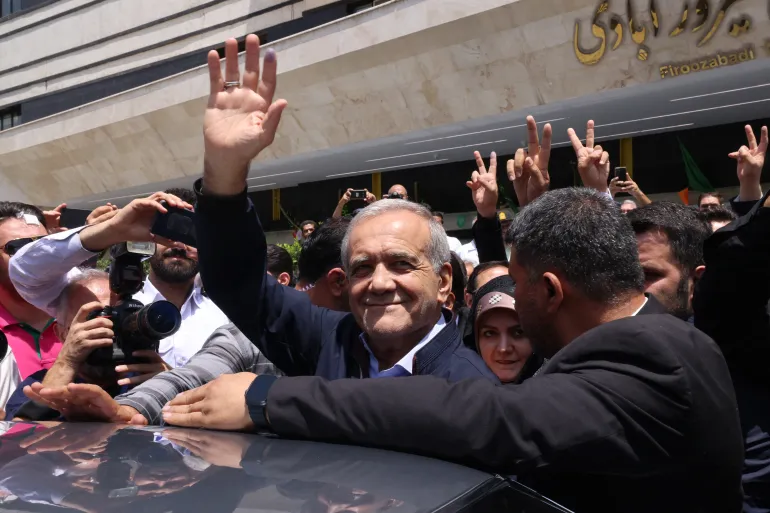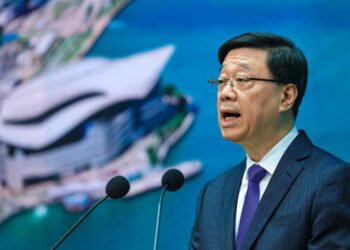Iran’s President, Masoud Pezeshkian has claimed that Iran has no choice but to move its capital from Tehran to the south of the country due to the city’s over-expansion, the lack of adequate water supplies and the growing threat of subsidence.
He disclosed that he has informed Iran’s Supreme leader, Ayatollah Ali Khamenei, about the need to relocate the capital from Tehran closer to the Persian Gulf coast.
“I also told the leader of the revolution that we must shift the capital toward the Persian Gulf. Nowadays, we don’t have an alternative anymore. We are compelled to do so, if things remain the same, we will face difficulties.”
Masoud Pezeshkian
Pezeshkian stressed that Tehran has diminishing water resources every day and the problem of soil subsidence is serious – in some districts of the capital it has reached 30 centimeters.
Pezeshkian said that he had raised the proposal with the Supreme leader last year. He admitted that it had received a lot of criticism, but argued that the accumulating resource crises were so deep that Iran now had an obligation to shift the capital, and no choice but to do so.
He made his remarks on a visit to Hormozgan province, which sits on the Persian Gulf opposite Dubai.
“This region is located on the shores of the Persian Gulf and provides direct access to open waters and the development of trade and economic relations.
“If we have a different view of the capacities of this region, we can create a very prosperous and advanced region. It is not good enough to accept the current situation and not design a scientific, accurate and indigenous map for the future.”
Masoud Pezeshkian
He stressed that the problems the country is currently facing require Iran to direct the development path towards the Persian Gulf. “Tehran, Karaj, and Qazvin are currently facing a water crisis, and this crisis cannot be easily solved,” he added.
Tehran has grown to a city of more than 10 million people, and consumes nearly a quarter of Iran’s water supplies.
Previous Presidents have raised the issue of moving the capital, including Hassan Rouhani, who even went so far as to draw up a plan with options.
Pezeshkian Iterated Iran’s Worsening Water Crisis
Pezeshkian has long sounded the alarm about Iran’s worsening water crisis. In his remarks on a visit to Hormozgan Province, he said, “Last year, the rainfall was 140mm, while the standard is 260mm; that means rainfall has fallen by about 50 to 60%.”
He added that this year, the situation is just as critical. Some recent estimates put the rainfall in 2025 at just below 100mm.
“The reduction in water behind the dams, the drying up of some wells, and the high costs of transporting water from other areas all indicate the need for a change in approach. If we want to transport water from this area to Tehran, the cost per cubic meter will be up to €4.”
Masoud Pezeshkian
Tehran’s dams normally provided 70% of the capital’s water, with the remaining 30% provided by underground resources. However, low rainfall and increased evaporation have reduced the dams’ share and increased pressure on groundwater.
The Iranian President asserted that development without considering the impact on resources and expenditures will “result in nothing but destruction.” “If someone cannot establish this balance, their development is doomed to failure,” he added.
He said that in some areas, the land is subsiding by up to 30cm per year. “This is a disaster and shows that the water beneath our feet is running out,” he noted.
READ ALSO: 10,000 Youth Benefit from Adwumawura Program – Vice President Celebrates Milestone























